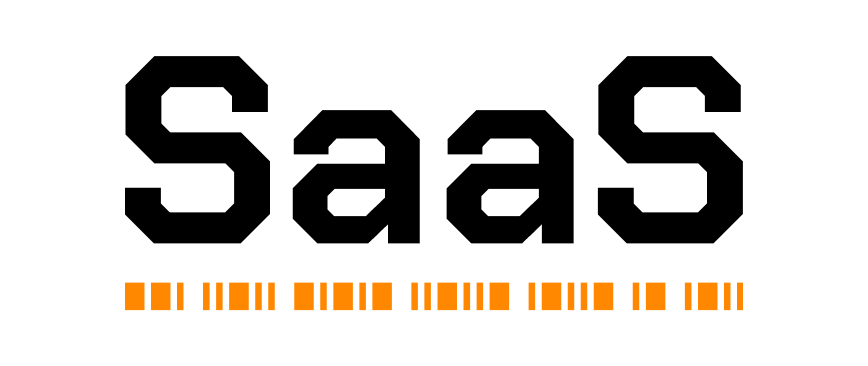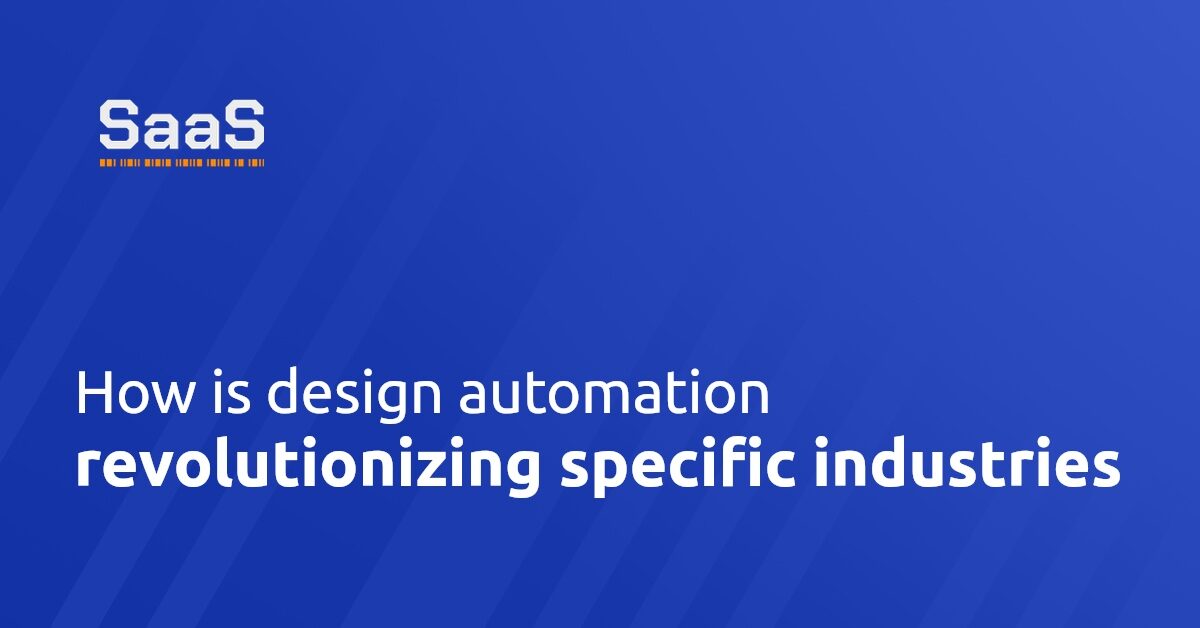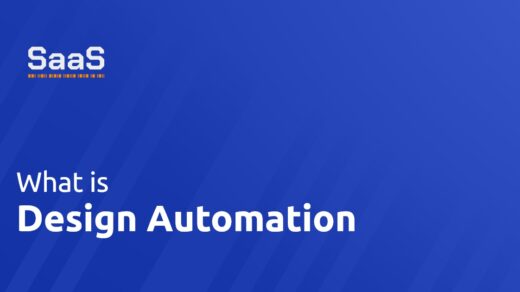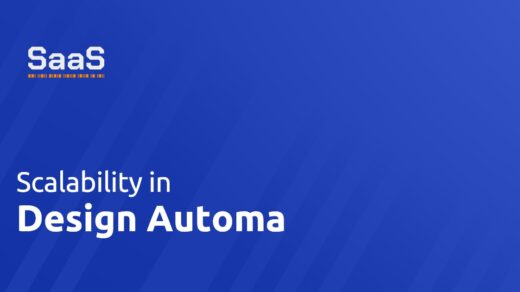How is design automation revolutionizing specific industries?
A sweeping trend across various sectors, design automation is revolutionizing industries and establishing a new dynamic for business operation. With the advancements in AI and machine learning, automation has penetrated the design aspects of different industries, opening up new opportunities for fostering innovation and enhancing efficiency. From automotive to fashion and software industry, design automation is rewriting the rules and improving the standards of traditional design processes. It eliminates the repetitive, non-creative aspects of designing, making room for unique ideas and innovation-driven designs.
Which industries benefit most from design automation?
The potential of design automation is vast, and the industries that are reaping its benefits range from automotive and aerospace to software and manufacturing. In the automotive and aerospace industries, design automation streamlines the design process, ensuring precision and reducing the time needed for designing intricate parts. The manufacturing sector benefits from design automation by enhancing production consistency and reducing design-to-production time.
Software development has also experienced significant acceleration in product development timelines with automation. Product designers can now create templates and utilize automated tools for common design elements. In fashion, design automation offers streamlined production and personalized design solutions, enhancing customer experience and ensuring diversity of design.
What challenges does design automation address in specific sectors?
Despite the wide-ranging gains, various industries grapple with unique challenges that design automation can solve. In the manufacturing sector, product designs often entail intricate details demanding accuracy and precision. Design automation nurtures these specifics using computer-aided designs (CAD) that create precise models and reduce the chance of errors.
The software industry, which experiences fast-paced developments and demanding timelines, benefits from design automation by eliminating mundane tasks and allowing more time for critical thinking and code optimization. In the fashion industry, where designs are usually short-lived and trends change quickly, design automation offers the advantage of speedy production and design diversity addressing critical operational challenges.
How can design automation enhance productivity across various industries?
Design automation stands as an essential productivity-booster across various industries. By automating routine tasks, industries save time, reduce human error, and increase overall productivity. Since more effort can be dedicated to strategic planning and innovative thinking, the quality of output improves significantly, translating to higher satisfaction levels for clients or customers.
For example, automobile and aerospace manufacturers, with the help of computer-aided designing and robots, can cut down on design time, which speeds up the production process. Similarly, in software design, the use of automated tools for routine tasks results in quicker product delivery and improved software quality. In the fashion industry, design software can quickly modify and personalize designs, enabling rapid response to changing consumer demands and trend shifts.







